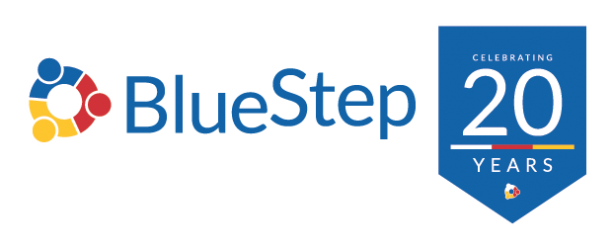While long-term and post-acute care (LTPAC) providers may not be eligible for (or obligated to attest to) CMS’ Stage 2 Meaningful Use incentives or requirements, that doesn’t mean they’re unaffected by them. In fact, now is the time for LTPAC organizations to position themselves to be most attractive to hospitals racing to meet MU requirements. In Stage 2, hospitals are required to work more closely with external provider organizations to meet specific measures for both Patient Electronic Access and Summary of Care. I often wonder if this has led providers in the LTPAC industry to rush into an EHR implementation first, while being painfully unaware of the critical need for connectivity for them and their referring hospitals.
Hospitals and health systems that are focused on meeting the requirements of MU2 will drive more business to long-term care organizations that have the technology and processes in place to enable their referring hospitals to comply with MU2. As eligible hospitals work with providers outside their walls to establish secure pathways to send patient health information, they will likely favor providers who are clinically electronically connected. Despite existing challenges (funding, staff turnover, unique processes, etc.) it is paramount that LTPAC providers have the right IT partner in place: one who knows the LTPAC space and has the advanced technology for rapid, efficient, flexible connectivity and integration.
Connectivity is the Ticket
Hospitals are required by MU2 to send care summaries during transitions of care, and more than one in 10 involve long-term care facilities and SNFs. To attest to the specific metrics within Measure 12 Summary of Care requirements, hospitals will have to provide an electronic summary of care, or CCD, for 10% of transitions or referrals (Centers for Medicare & Medicaid Services, 2012).
 In Stage 2, a successful transition of care is about the right information being shared with the right provider at the right time. This level of communication and data exchange requires interoperability, the key to meeting transitions of care requirements. For nursing homes and home health agencies – even those without an electronic health record – the capability exists today to transmit patient assessment data to a health information exchange or directly to another care setting like a hospital. This approach was adopted to drive down health information technology costs for nursing homes and to ensure that HL7 standards were met for health IT interoperability.
In Stage 2, a successful transition of care is about the right information being shared with the right provider at the right time. This level of communication and data exchange requires interoperability, the key to meeting transitions of care requirements. For nursing homes and home health agencies – even those without an electronic health record – the capability exists today to transmit patient assessment data to a health information exchange or directly to another care setting like a hospital. This approach was adopted to drive down health information technology costs for nursing homes and to ensure that HL7 standards were met for health IT interoperability.
One collaborative approach is offered by KeyHIE Transform™, an innovative, accessible, and cost-effective tool developed through the Keystone Beacon Community. KeyHIE Transform is a software solution that converts the minimum data set (MDS) of patient assessment information that nursing homes transmit to CMS for billing to a Continuity of Care Document (CCD) that is sent to the health information exchange using the same standards endorsed by the ONC for Stage 2 Meaningful Use requirements. This standard format enables a nursing home or home health agency – regardless of IT tools in place – to share this information with other care providers within and across their HIE.
The low cost web-based service is now available to any nursing home, home health agency, or health information exchange organization in the U.S. Through this service, KeyHIE Transform will securely receive the MDS or OASIS patient assessments, transform them into interoperable, standards-compliant LTPAC Continuity of Care Document (CCD), and send the CCD to the authorized recipient.
There are other viable connectivity solutions in place; KeyHIE Transform is just one of several. KeyHIE Transform users have successfully demonstrated that LTPAC facilities don’t need an EHR today in order to support their referring hospital’s MU2 requirements. For those who want to jump in with both feet, look for LTPAC EHR platforms designed specifically to be both open and connected, meaning they are willing and able to “talk” to other EHR systems. This is an important differentiator when choosing an EHR solution. Many EHR vendors appear to have made connectivity to other EHRs (or other 3rd party systems) difficult, by design, in order to protect their market share or, by default, due to outdated architecture.
Will Your Carriage Turn Into a Pumpkin?
I recently participated on a panel where the CEO of one of the market-leading LTPAC EHR companies proclaimed, “The integration issues within healthcare technology have been solved long ago.” Most of us know that’s not true, so be careful of those claiming it is. Numerous EHR surveys point to integration as the leading cause of EHR dissatisfaction. It is true that by using dated code-to-code technology you can integrate just about any system with another. All it takes is an extraordinary amount of time, engineers, money and patience, hardly a viable solution. The good news is that technology developed outside of healthcare is now available and proven within the LTPAC and acute care space, presenting a viable solution to the healthcare industry’s integration issues.
Must LTPAC providers have an EHR to be invited to the dance? Like the glass slipper, the EHR is the shiny new thing that some confuse as the actual solution. It will certainly become more important, and if you already have an EHR in place, that’s great. Regardless of how your MDS or OASIS is generated, either manually or by an EHR, what you need first and foremost is connectivity. It is connectivity (with or without an EHR) that will make you the belle of the ball.
Tom Bang is CEO of BlueStep/BridgeGate Health. He can be reached at tbang@bluestephealthcare.com.

